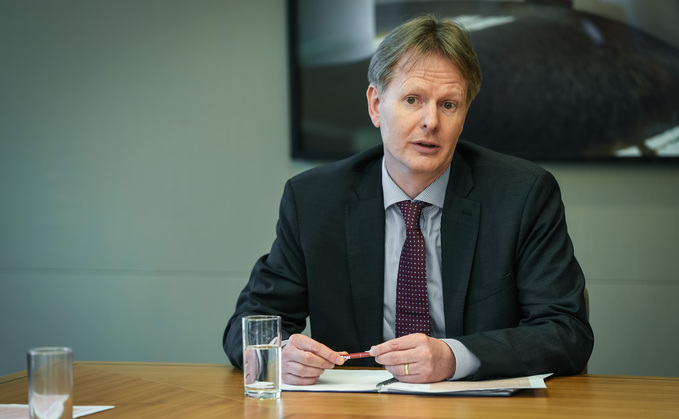
Aon partner and head of UK retirement policy Matthew Arends
The expected future living standard in retirement provided by defined contribution (DC) savings rose during the second quarter, latest analysis by Aon reveals.
The consultancy said its UK DC Pension Tracker rose over the three months to the end of June but said this "surprising" rise in expected future living standards masked a more complex picture - and one particularly driven by expected returns rather than the reality of current markets.
It said, looking at the actual returns over the period and ignoring future return changes, the DC tracker fell from 61.3 to 58.1.
However it noted, as with the last quarter, this fall which was due to actual returns over the period, was more than offset by an increase in the future expected returns on savings. When Aon allowed for these "higher but uncertain" future returns, the tracker rose from 58.1 to 72.7 over the quarter.
Mixed position for savers
Aon said if it considered the effect of weak investment performance in isolation over the quarter, it was more pronounced for the savers with larger DC pots already built up (the 40- and 50-year-old) and for those closest to retirement who had already started to de-risk their pension investments.
However, it said the April increases in the state pension and increases to the expected future investment returns across all asset classes more than offset this reduction due to investment performance over the quarter.
Taking this into account, it said the youngest saver had the largest increase in expected income (around £3,900 per year) due to the increase in future expected returns, and the longest period to retirement to receive these extra returns.
The 40-year-old saver also saw a significant increase in their expected retirement income (around £3,320 per year) due to increased future expected returns.
Savers closer to retirement saw a smaller increase in their expected income. This was due to the shorter time until retirement over which to receive the additional future return. Despite this, the 50-year-old saver was still expected to be much better off (by around £2,550 per year) when compared to the start of the quarter.
Aon partner and head of UK retirement policy Matthew Arends said for many savers who are only used to a period of relatively low and stable inflation, this is the first time they have had to consider its effects and the impact it can have on their finances.
But despite the volatility, he urged savers to keep contributing. He said: "With inflation running high, savers may be tempted to cut back or even stop pension contributions. While this may help with short-term living costs, ultimately the more individuals can save into a pension, and the earlier in their career they can make savings, the higher their retirement income will be."








